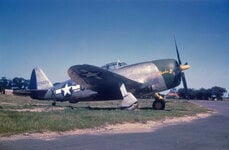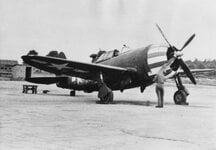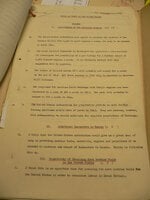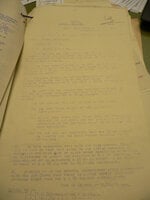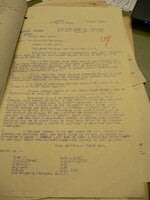junkman3353
Airman
- 29
- Jun 1, 2019
After VE day there were plans in the works to move many fighter groups from Europe to the Pacific in anticipation of invading Japan. It had progressed so far as the 8th AF command structure having already moved to Okinawa before VJ day. To that end a number of 8th AF groups (4th, 359th, 364th for certain) were given WW P-47s to transition from the P-51 to the P-47N. My question is why? All were widely experienced in P-51's both in operation and maintenance. Why not continue with what they knew? Was it to spread out the production so North American wasn't the sole source of fighter aircraft?

